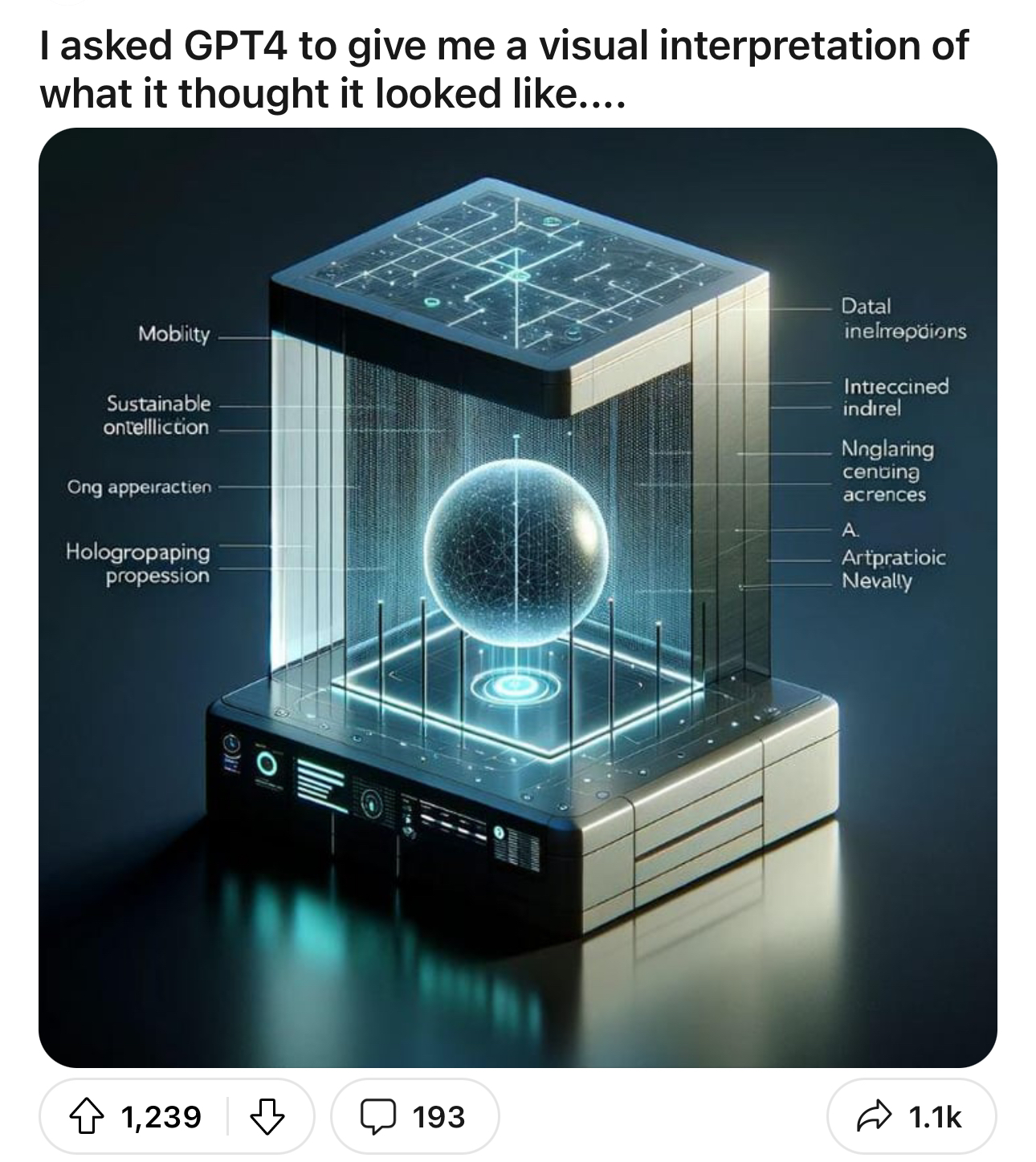Alfred Nobel was a man whose namesake we now attribute to the Nobel prize, which is composed of five separate prizes that are awardees annually to “those who, during the preceding year, have conferred the greatest benefit to humankind.”
Nobel was the inventor of something many of us are quite familiar with; dynamite. As a chemist, he crafted the formula for the explosive, which was intended to be used for construction, mining and the likes.
Dynamite’s usage quickly spread from being used as a tool for mining, progressing towards its use in war and conflict. Had Nobel thought so far as to whether or not his invention would one day be used as a weapon of mass destruction is something we’ll never know. However, it’s a hypothetical question as to whether or not he would still have created the ‘tool’ if he had known it would one day be used to take millions of lives.
Were it not Nobel, others would have quickly discovered the formula for dynamite. Mankind seems to move in an ever-forward manner, with significant accomplishments and discoveries tending to occur in close time proximity to their inception. For many years, people attempted to run a mile in under four minutes. In 1954, it finally happened – only to have two other runners break the same record less than 60 days after the first record was set.
You can think about the above example as a useful dynamic to view the emerging technology we now see in our world, known as artificial intelligence (AI). With tens of billions of dolLars being funneled into research and development.
I’m well-versed in AI, and use it on a daily basis in my business. I’ve also given free classes online to those interested in learning about it, and will be teaching in person at a local community center in two weeks, with classes every other weekend until Summer.
At this instance of its development, I think AI is very similar to dynamite. It has the capability to move digital mountains that previously took tremendous amounts of manpower to accomplish the same task. Generative AI, for example, creates some of the most incredible digital renderings I’ve ever seen – which has a plethora of applications that used to be costly, time-intensive and laborious.
A few great examples of this include graphic design, product prototyping and digital artwork. While writing this, I took a moment to generate a few product prototypes to showcase the speed in which AI can create them.
Behold, the Dyson Car Seat.

Or, perhaps the Dyson Blender.

Dyson Dishwasher? Sure. Why not?
It took me less than 60 seconds to create all of these prototypes. Ten years ago, it would have taken weeks or even months for product developers to create even a simple prototype rendering, using the existing technology they had available.
Dynamite, baby.
Now, it’s time for the real meat and potatoes of this blog; can this technology be dangerous and do we have anything to worry about?
Absolutely and absolutely, with as much certainty as dynamite was used to obliterate countless numbers of human beings.
In many religious texts, including the Bible and Koran, there’s discussion about the ‘anti-Christ’ – or “Ad-Dajjal” as the Koran names it.
In the Koran, the writer goes so far as to even describe the appearance of said Ad-Dajjal.
“Ad-Dajjal was mentioned in the presence of the Prophet. The Prophet said, “Allah is not hidden from you; He is not one-eyed,” and pointed with his hand towards his eye, adding, “While Al-Masih Ad- Dajjal is blind in the right eye and his eye looks like a protruding grape.”

There’s a striking similarity.
Now, before you start thinking that I’ve gone off of the deep end because I saw something on the internet, I’d like to state the reason why I believe strongly that there’s a lot of concerning things about AI, and the direction where I see the technology going.
In recent years, our methods of communication and interaction with other human beings has largely been reduced to digital means. The plandemic was one of the most influential methods in both isolating human beings from others, while also promoting digital forms of interaction as acceptable replacements.
Zoom meetings, for example, have become the new normal. Social media interactions have begun to creep up in their replacement of actual in-person human interactions. It isn’t enough to simply receive a compliment from somebody you love – now, self-worth can be artificially accounted for by the number of likes, comments and DM’s a person receives when posting status updates about their life, meal or outfit.
Pornography has taken front-seat in many relationships, with individuals and couples living more in a fantasy world than in relationship with each other. I know this, because I was in a relationship that was wholly destroyed and corrupted because my partner and I chose to live in the world of fantasy more than our own reality, and it’s something I look back on to this day with total regret because it completely destroyed something that could have been incredible.
With these sorts of things already happening now, I’ll also bring up one last example. Scrolling.
Internet behavior has now been reduced to the size of a phone screen, and rather than intentional activity, such as having a predetermined purpose for your usage of an application, mindless scrolling now takes place. The scroll stops when the viewer sees something interesting enough to pique their attention for a few seconds, only to continue the endless scroll.
What impact does this have on the human mind? How does this need for constant stimulation impact our human relationships? Not in a healthy manner, I believe.
We’re closer than ever to AI being a sentient being, similar to the “OS” we saw in the movie Her, in which the main character fell in love with his operating system, while being wholly disconnected from actual human beings that surrounded him. This isn’t some far-fetched conspiracy theory. Rather, this sort of reality is coming very soon to our world and our minds, lives and children are at risk.
What do we do?
Unplug.



No Comments